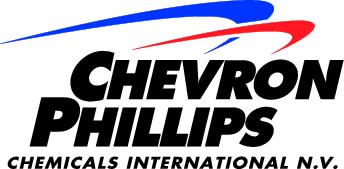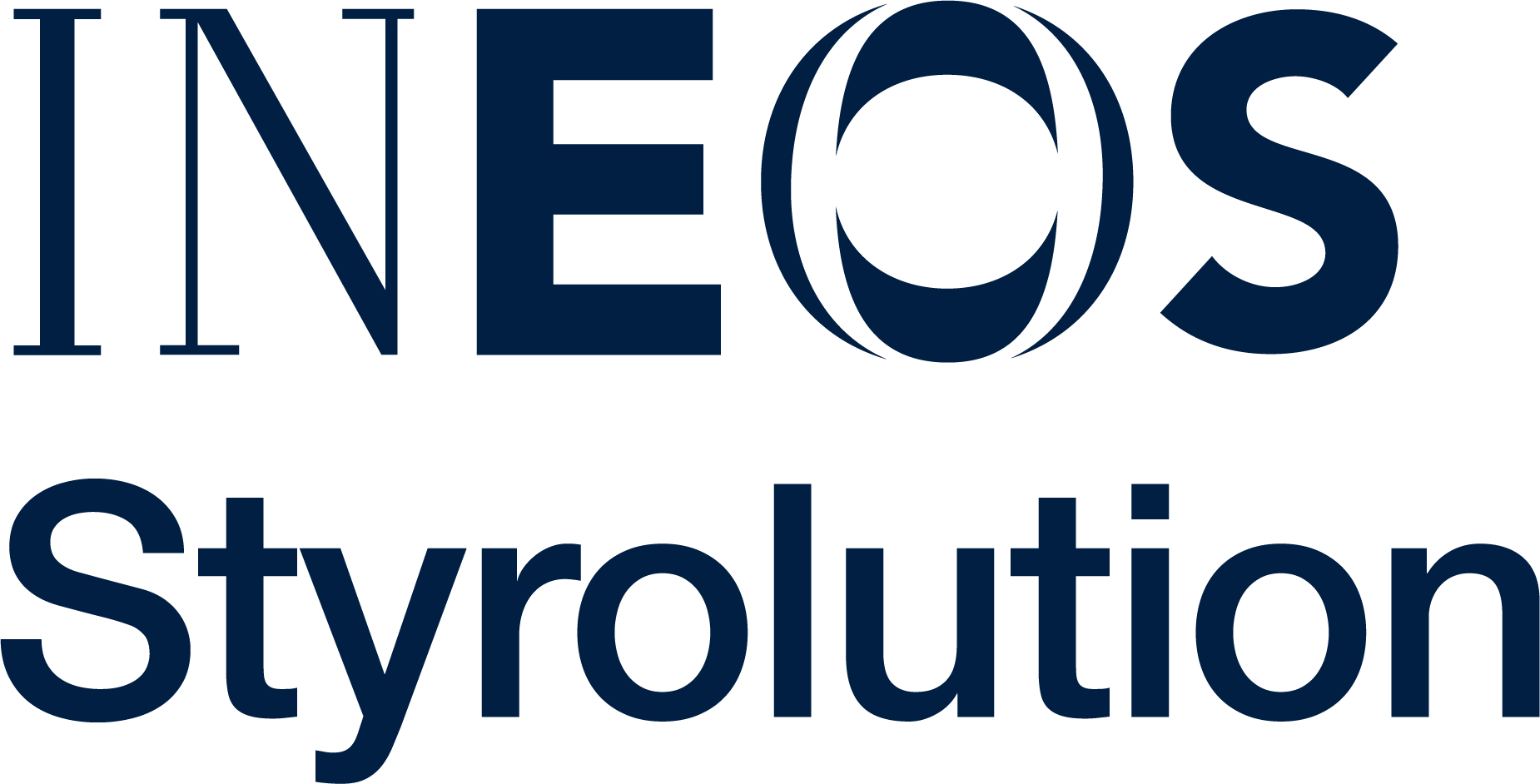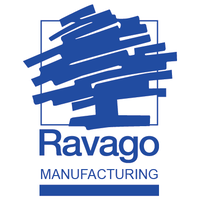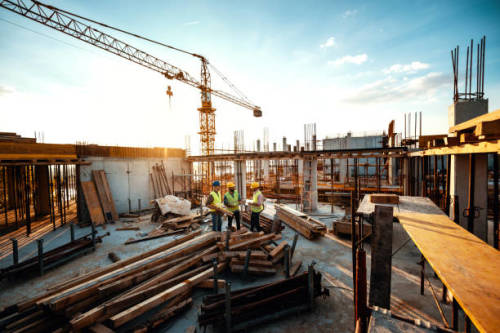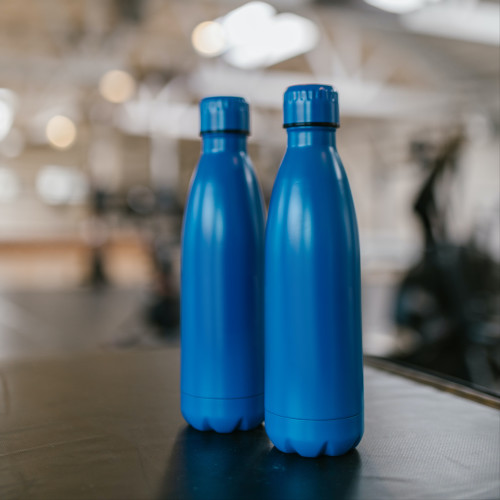Extrusion Blown Film
Blown film technology is the most common method used to produce polymer film. Polymer granules are melted in an extruder and forced through a circular die to form a continuous tube. In a single bubble blown film process, a continuous tube of film is generally extruded upwards and air is blown into the centre to inflate and cool this tube (rather like a balloon). This inflation stretches the film tube in both machine (MD) and transverse (TD) directions simultaneously. A ring blowing cold air on the outside cools the film tube as it travels upwards. A set of nipped rollers at the top of the bubble maintain the pressure inside the balloon/bubble. After the bubble is collapsed the two layers are either rolled up as a continuous tube or slit at each edge to form 2 single layer continuous film rolls. Biaxially Oriented PE (BOPE), PP (BOPP) and Biaxially Oriented PET (BOPET) are the main films produced by this process for various forms of food and non-food packaging. In single, double or triple bubble film processes, the amount of orientation determines the oxygen & water barrier as well as optical clarity and gloss in addition to improving mechanical strength.
In the double bubble process, the polymer is extruded as a tube into a water bath. The water rapidly quenches the polymer, reducing its crystallinity compared to conventional air quench blown film. The lower level of crystallinity helps in the subsequent orientation process.
Following quenching the tube is reheated to the orientation temperature using a hot water bath or IR heater. This two-step process of quenching and reheating the tube helps control the crystallinity as well as produces a more uniform temperature for orientation. The tube is expanded by blowing air inside the tube similar to a conventional blown film process. A difference is that in the double bubble process the tube is oriented at lower temperatures, producing higher stresses during orientation. Stretch ratios are also typically much higher than in conventional blown film. As a result, double bubble films have more orientation than conventional blown films.
Triple Bubble technology will produce extremely high barrier, bi-axially oriented multilayer films in a single pass, without additional processes like coating or laminating. The bi-orientation imparted on the film increases its oxygen and water vapour barrier significantly, without any negative effect on the final product. After further cooling, the film is heat set in a third bubble. This step defines both the film’s shrink values as well as other properties accordingly.



